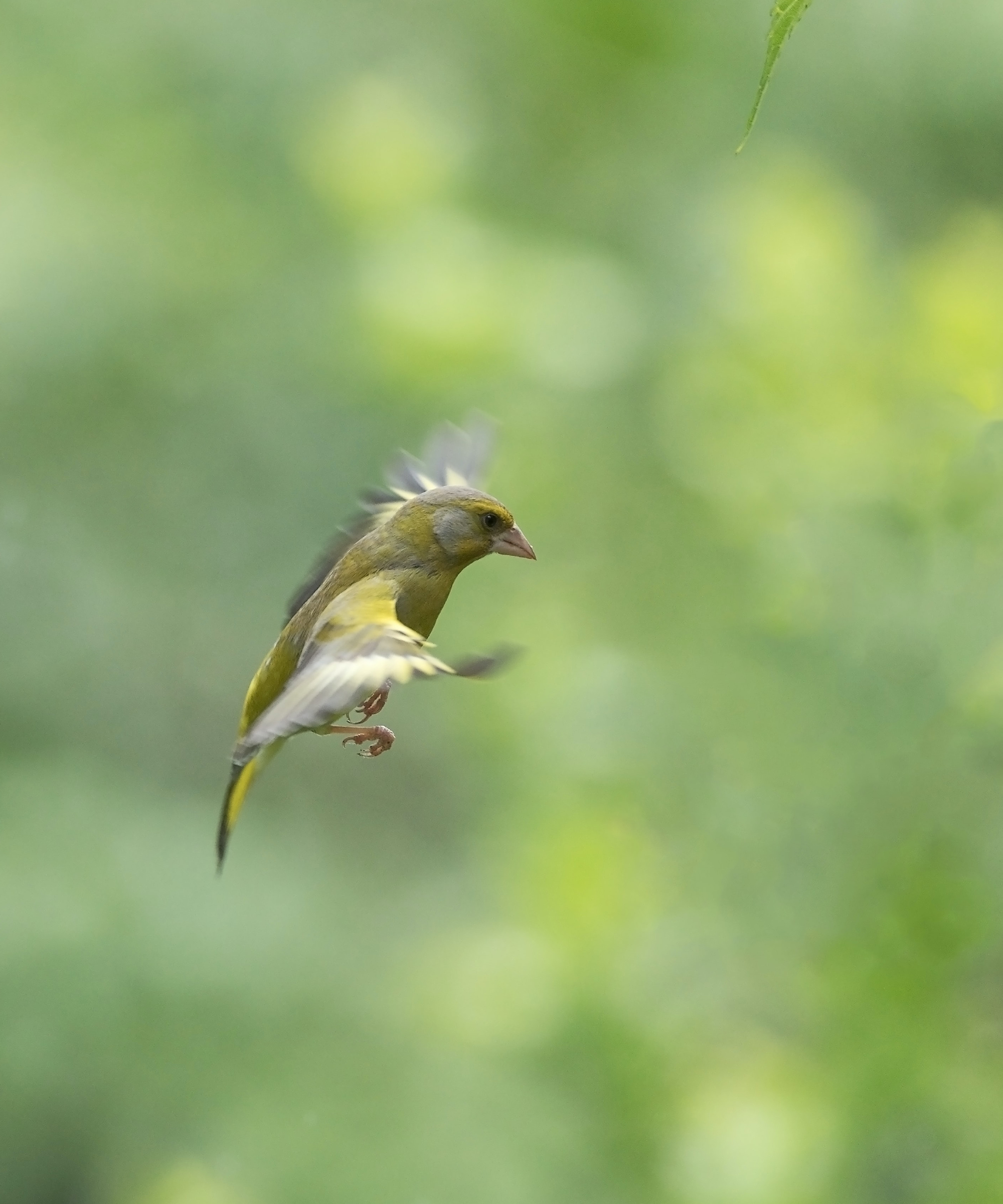A dirty bird feeder in your garden could become a problem – here's why
A bird feeder is one of the best ways to help hungry birds in winter, but it can do more harm than good if it's not cleaned regularly

Bird feeders come into their own during the coldest winter weather, providing invaluable extra nutrition for garden birds that find getting enough food on their own difficult.
However, while installing the best bird feeders in your garden is ideal for helping hungry birds, gardeners are being warned that bird feeders could end up doing more harm than good – if you don't clean yours often enough.

We all want to do our bit with wildlife garden ideas, so how easy is it to resolve this problem? The issue with leaving your bird feeder dirty, it turns out, is that over time, salmonella bacteria begin to grow inside, infecting the birds that use the feeder with salmonellosis.
Much like severe food poisoning in humans, salmonellosis causes dehydration in birds, often leaving them so emaciated that they die. Outbreaks of salmonellosis have recently been reported across North America, as far up north as British Columbia and as far south as California.
There are reports of disease in Britain, too, with Garden Wildlife Health pointing out that greenfinches and house sparrows are the most frequently affected in the UK, although other finch species are known to have been affected too.
The illness isn't always easy to spot, as the most common symptoms – lethargy and fluffed up feathers – can indicate many other conditions. If you do see birds that seem ill or very thin around your bird feeder, the GWH may be able to help with advice.

Prevention is better than cure, however: the best way to prevent your bird feeder harming the birds that come to use it is by cleaning it thoroughly several times a week and replacing the feed. Don't assume that the cold weather will kill off the bacteria, which can survive subzero temperatures.
Depending on what your bird feeder is made from, cleaning it may be as simple as popping it in your dishwasher on a hot cycle, or hand washing in hot water and soap or bleach solution. And if you have a bird bath as well, clean it at the same time as the bird feeder, as it may have become contaminated as well.
So now you know how to keep your bird feeder safe for birds, head over to our guide on how to make bird feeders for some tasty treats you can make to keep feathered friends well fed in winter.
Anna writes about interior design and gardening. Her work has appeared in Homes & Gardens, Livingetc, and many other publications. She is an experienced outdoor and indoor gardener and has a passion for growing roses and Japanese maples in her outside space.
